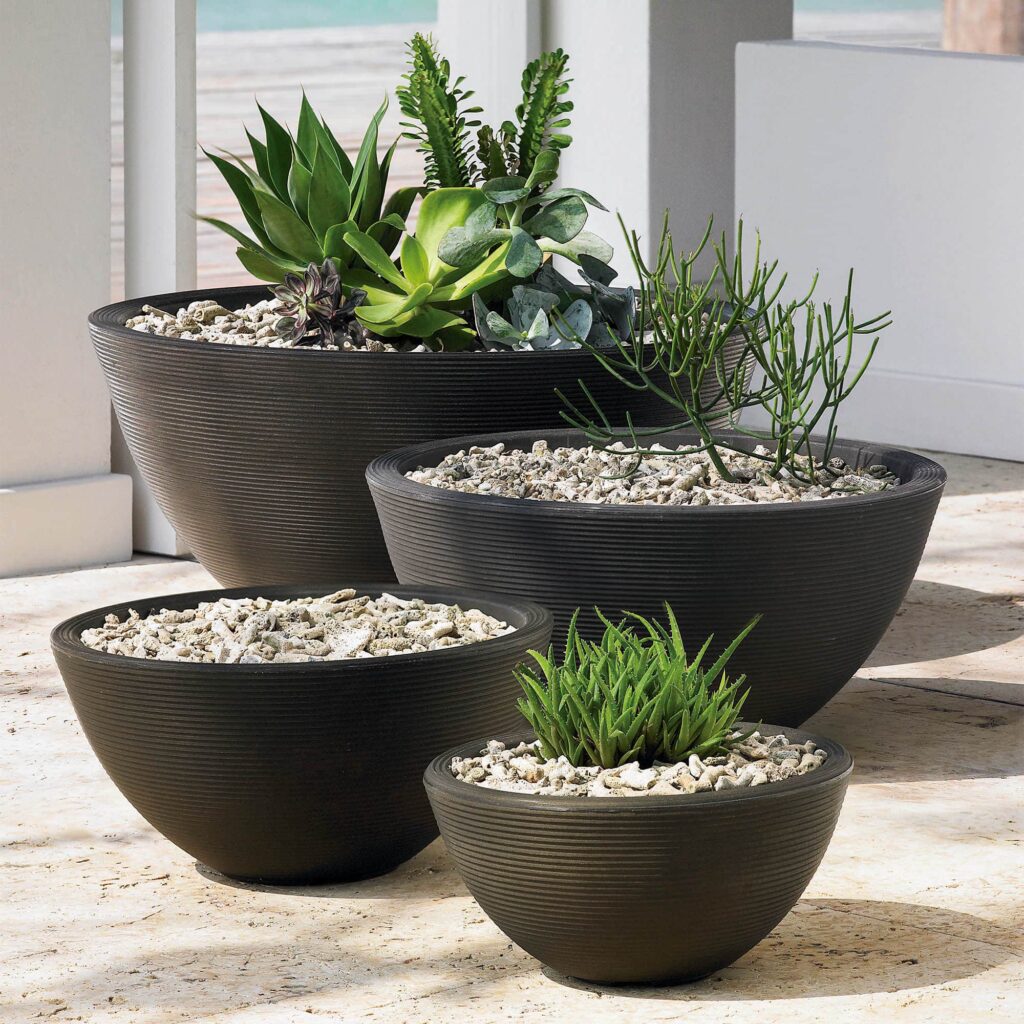Planters are one of those things that can improve the natural beauty of your plants. Hanging planter boxes can add a touch of greenery to your space, but they often lack drainage holes.
Excess water can leak without proper drainage, leading to root rot and decayed plants. And, of course, you will not want this. So, to prevent this, you need simple solutions for the bottom of your planter.
There are things and ways by which you can put in your planter. We’ll get to see what those things are and their roles. So, let’s get into these ideas, and you will know what to put at the bottom of your planter, allowing your plants to grow in the best way.
Why Drainage Matters

1. The Role of Drainage
Good drainage is like a plant’s best friend. It stops water from gathering at the bottom of the pot, making sure the roots don’t sit in still water. This is important because plant roots need air to grow, and if the soil is too wet, they won’t get it. If your plants don’t have good drainage, they could suffocate.
2. Consequences of Inadequate Drainage
When a planter doesn’t have a way for extra water to get out, it can cause many problems. This includes things like the roots getting sick, mold growing, and the soil getting all packed together.
Root sickness, in particular, happens a lot in these situations. It makes the roots go bad and eventually kills the plant. Also, the plant’s overall health and growth aren’t very good.
Materials Needed for Ensuring Proper Drainage

To fix the issue with water getting stuck in your planters, you’ll need a few basic things and a good plan. Having proper drainage is super important for your plants because it stops water from collecting at the bottom of the planter. This can cause problems like root rot and other issues.
- Planter with No Drainage Holes: Select a planter that suits your aesthetic preferences and the plant’s size.
- Potting Mix: Choose a high-quality potting mix that provides good aeration and drainage.
- Gravel or Stones: These materials will create a reservoir at the bottom of the planter to collect excess water.
- Mesh or Coffee Filters: These can be used to prevent soil from washing into the drainage layer.
- Plastic Saucer: Place a saucer under the planter to catch any water that does escape.
Steps to Improve Drainage

- Prepare the Planter: Fill the bottom of the planter with a layer of gravel or stones. This will create a space for excess water to collect.
- Add a Barrier: Place a piece of mesh or a coffee filter on top of the gravel to prevent soil from seeping into the drainage layer.
- Fill with Potting Mix: Add your chosen potting mix to the barrier, leaving enough space for the plant.
- Plant Your Greenery: Carefully plant your chosen plant in the potting mix.
- Water Mindfully: Be cautious not to overwater. Water should be added slowly and in moderation to avoid waterlogging.
- Monitor Moisture Levels: Keep an eye on the moisture levels in the planter.
Alternative Solutions

If you can’t make holes in your planter or don’t want to, other ways exist to help water drain properly.
One way is to put a layer of small rocks or gravel at the bottom of your planter before adding soil. This makes a place for extra water to go so it doesn’t make the soil too wet and harm your plants.
- Elevate the Planter: Place small wooden blocks or pot feet under the planter to lift it slightly off the ground. This allows air circulation and prevents water from seeping in through the bottom.
- Use Self-Watering Planters: These planters have a built-in reservoir and an absorbing system that supplies water to the roots as needed, reducing the risk of overwatering.
Choosing the Right Plants

Not all plants work well in planters without holes for water to escape. Choose plants like succulents, snake plants, or pothos for these pots. These types of plants are okay with not too much water and won’t get sick easily.
Maintaining Proper Moisture Levels

When watering your planter without drainage, it’s important to watch how much water you use. Too much water can harm your plants. To avoid this, water your plants slowly and evenly so the soil can soak up the water properly.
Picking the right soil is also important to keep your plants healthy. Choose a soil mix that lets water flow through easily. Look for soil with things like perlite or vermiculite in it. These things help air get into the soil and stop it from getting too soggy.
Creative Planter Ideas

Improve how nice your planters look without messing up the water drainage. Think about using pretty rocks, colorful stones, or layered sand to make your planters look cool and still work well. Have fun choosing different things to put your plants in, like teacups, old boots, or old containers, as long as you ensure the water can drain out properly.
Conclusion
When you have a planter without drainage, it’s important to take care of your plants by providing proper water management.
To do this, you can use simple and easy methods. First, add a layer of small rocks or pebbles to the bottom of the planter. This helps water to drain away from the roots and prevents overwatering.
Next, put a piece of mesh or a coffee filter over the rocks to keep the soil from washing away. Then, add your potting soil, making sure not to compact it too tightly.
After applying all these ideas, you will have a planter that will make your pants not just good-looking but also healthy.










Comments